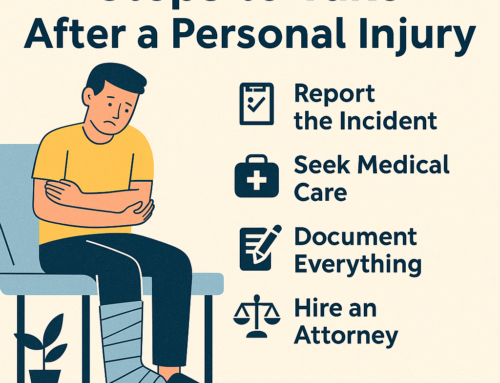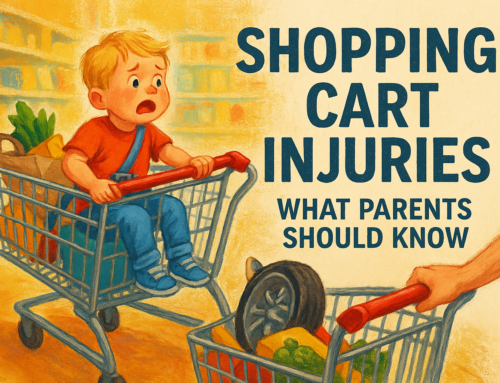The United States boasts one of the most extensive rail networks in the world, with roughly 140,000 miles of tracks crisscrossing the country [1]. While this network has undoubtedly driven economic growth and connectivity, it also presents significant safety concerns, particularly where roads and railways intersect.
Federal Railroad Administration (FRA) data indicates that in 2019, there were 2,216 vehicle-train collisions at railway crossings, leading to 293 fatalities and 807 injuries [2]. This signifies a concerning trend; despite the decrease in overall railway accidents in the last decade, the incidence of vehicle-train collisions at crossings remains persistently high.
The Role of Active Warning Devices in Crossing Accidents
Moreover, according to a report from the U.S. Department of Transportation (DOT), nearly half of all railway crossing accidents occur at crossings equipped with active warning devices, such as lights or gates [3]. This finding reinforces the notion that driver behavior, including attempts to ‘beat’ the train or bypass safety barriers, significantly contributes to these collisions.
There is no doubt that comprehensive measures are needed to address this issue. The FRA has proposed strategies including enhanced enforcement of crossing rules, public education campaigns, and continued investment in safety technology at crossings [2].
Understanding the Legal Implications of Crossing Accidents
It is also important to note the legal implications of these accidents. If a driver ignores safety signals and is involved in a collision, they may be found negligent and liable for damages. In contrast, if the railroad company or responsible government agency failed to maintain safe crossing conditions, they could be held accountable.
In conclusion, auto accidents at train crossings represent a significant public safety concern. Efforts to mitigate this risk must focus on improving driver education, enforcing safety regulations, and upgrading crossing technology. Additionally, individuals must understand the legal ramifications of these accidents, particularly the importance of consulting with a skilled personal injury attorney following such incidents.
Sources:
Association of American Railroads (2021). “Overview of America’s Freight Railroads“.
Federal Railroad Administration (2020). “Highway-Rail Grade Crossing Safety and Trespass Prevention“.
U.S. Department of Transportation (2018). “Railroad-Highway Grade Crossing Handbook“.




